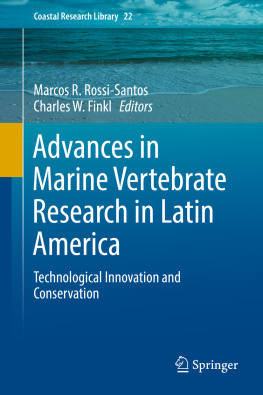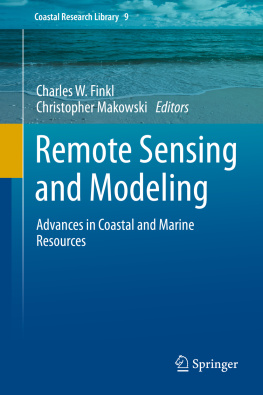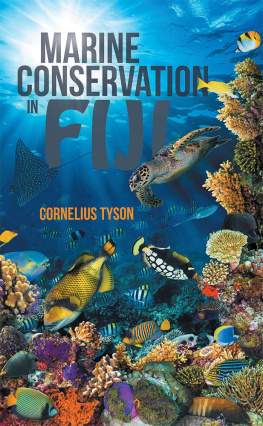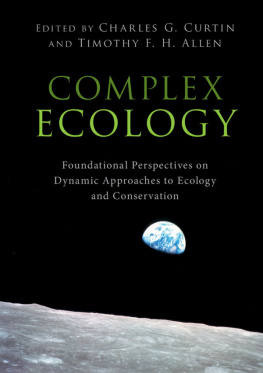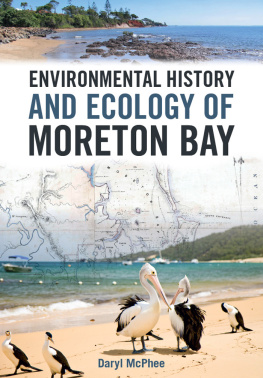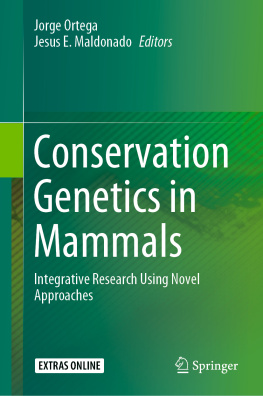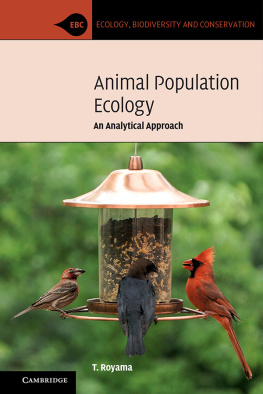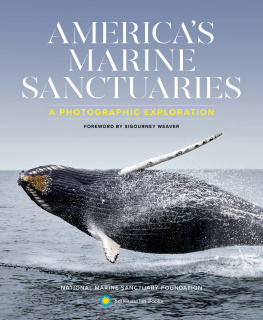1.1.1 Beginnings
The nineteenth century marked the beginning of the large foreign expeditions through South America as Voyage Amrique Mridionale, Castelnau Expedicion Amrique Sud, and later, the Expedicion Antartic Belgique (the latter took place at the beginning of the twentieth century). Famous personalities such as tienne Geoffroy Saint-Hilaire, Alexander von Humboldt, Hermann von Ihering and Charles Darwin himself devoted their efforts in cataloging the tropical nature as it was called. However, the aquatic mammals were not the object of their immediate interest. On the other hand, direct competition between various eminent naturalists served as a trigger for the first discoveries.
The Brazilian naturalist Alexandre Rodrigues Ferreira, who was unfortunately forgotten, had a vital importance due to his work. In many ways, he was the pioneer to unravel the Amazons tributaries in a famous expedition, and also, the specimens collected by him were sent to Coimbra and Lisbon in the eighteenth century. In 1790, he collected the type specimen of the Amazon River dolphin, Inia geoffrensis (de Blainville, 1817). Originally sent to the Museu da Ajuda , in Lisbon, the specimen was taken to Paris by Napoleon looters, during the Peninsular Wars. Geoffroy Saint-Hilaire himself was responsible for the transfer and ended up being honored as the specific epithet, while Alexandre Rodrigues Ferreira remained anonymous. Therefore, this is the time to pay tribute for Ferreiras pioneering in the Latin American aquatic mastozoology.
The itinerant French naturalist Alcide dOrbigny (18021857) and his colleagues from the Muse dHistoire Naturelle in Paris and the Acadmie Royale de Sciences de Belgique in Brussels were the first to devote more time to the aquatic mammals. They also collected material and illustrated color plates that served for the description of the Franciscana, Pontoporia blainvillei (Gervais & dOrgigny, 1844). He also described the genus Inia dOrbigny, 1834.
Paul Gervais and P.J. van Bnden made use of that precious material nominating valid species as the Amazonian tucuxi, Sotalia fluviatilis (Gervais, 1852) and the estuarine dolphin or Guiana dolphin, S. guianensis (P.J. van Bnden, 1864). Descriptions of S. pallida (van Bnden & Gervais, 1880) and S. brasiliensis (van Bnden, 1875) are currently junior synonyms of the related species mentioned above.
The Baron Georg Heinrich von Langsdorff, a recognized entomologist, was in Brazil, in December 1803 (Berger ).
The greatest contribution of that period was that of another entomologist, the German Herman Karl Conrad Burmeister. He described small and large cetaceans like the strange Burmeisters porpoise, Phocoena spinipinnis Burmeister, 1865, the Antarctic minke whale, Balaenoptera bonaerensis Burmeister, 1867, and founded the first cetology center in the Museo Argentino de Ciencias Naturales , in Buenos Aires. Such facts gave the front in this field of knowledge to Argentina and absorbed other foreign and autochthonous scientists.
1.1.2 The Twentieth Century: An Emerging Science
The first half of the twentieth century was discrete about changes. The French naturalist Fernando Lahille (often regarded as Argentinean) and the Argentinean Francisco Pascasio Moreno, also known as Perito Moreno, were based in the Museo de La Plata and contributed to the description of species such as the bottlenose dolphin, Tursiops ghephyreus (Lahille, 1908) and the spectacle porpoise , Phocoena dioptrica (Lahille, 1912).
In Brazil and Argentina there was the outstanding participation of the German naturalist Hermann von Ihering, and later, his Brazilian son Rodolpho von Ihering who published the record of the Stenodelphis blainvillei (= Pontoporia blainvillei (Gervais & dOrgigny, 1844) for the Lagoa dos Patos, in southern Brazil.
Almost in the middle of the twentieth century happened the first significant leap in mastozoology with the works of Angel Cabrera in Argentina, and Alipio Miranda Ribeiro, Carlos Cunha Vieira and later Cory Texeira de Carvalho, in Brazil (Avila-Pires ).
In the second half of the century, there was a true quantum leap in the volume and quality of scientific production in the area. Anlio Aguayo Lobo of the Universidad Nacional Autnoma de Mxico went to Chile and with his experience leveraged the development in that field. Angel Crovetto, Jorge A. Oporto, Luis Pastene, Walter Sielfeld, Doris Oliva and Jose Yanez, among others, continued the challenging work seeking information between the jagged fjords and rocky islets of the Chilean coast. In Mexico, the exchange among experts started early due to the creation of SOMEMMA (Mexican Society of Marine Mammals), at the end of the 1970s. Jorge Urban was one of the main supporters and the first one to seek integration with the South American colleagues.
The Uruguayans Raul Vaz Ferreira, Isaias Ximenez and Alberto Ponce de Len studied the behavior and the killing of sea lions and fur seals, Otaria flavescens (= O. byronia ) and the Arctocephalus australis , in the breeding colonies. Also, Ricardo Praderi and the North American Robert Brownell were pioneers in the studies of incidental mortality of the Franciscana, on shark fishing nets. The conservation timeline of what is today the most endangered species owes them that auspicious beginning.
The publication of Cabreras catalog allowed Argentina to lead a significant progress in the study of marine mammals. The foreigners Bernd Wrsig and Roger Payne studied the bottlenose dolphins and right whales, in Pennsula de Valds, Patagonia. The Argentineans Ricardo Bastida, Enrique Crespo, Claudio Campagna, Juan Carlos Lopez, Julio Loureiro, Luiz Capozzo and Mirtha Lewis, among others, deepened and gave maturity to a large research program of the Argentine Mastozoological Fauna. In Tierra del Fuego, Argentina, there was an extraordinary collaboration of the English Natalie Pros Goodall who arrived there to photograph lichens and ended up collecting a myriad of marine mammal carcasses mummified by the cold.
Hugo Patrcio Castello had a remarkable influence both in Argentina and Brazil. Moreover, he included the South American researchers with the organization of the Primera Reunin de Trabajos de Espertos en Mamferos Acuticos de Amrica del Sur in 1984, in Buenos Aires. These bi-annual conferences became known as RTs and remain uninterrupted until now.

